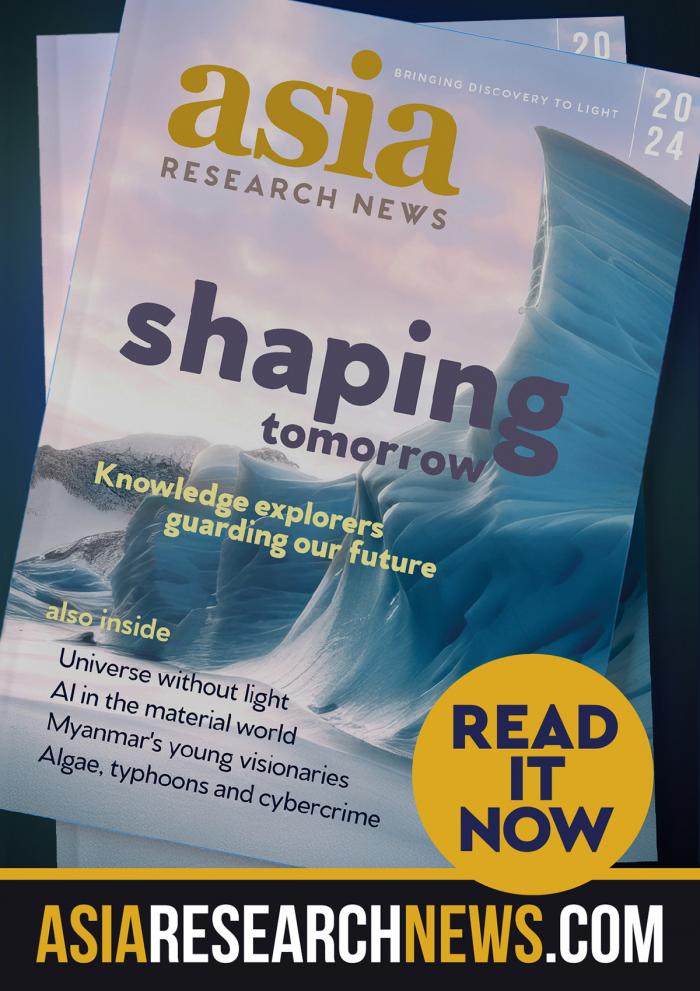Surface imperfections in devices such as gears or levers can have disastrous effects on reliability. Recent studies have demonstrated the usefulness of atomic force microscopes (AFMs) — instruments that use tiny silicon-based tips to trace out the topography of all kinds of substrates — in determining surface roughness non-destructively. Using AFMs effectively in industrial workplaces, however, is not straightforward and requires a different approach to microscope design. As the AFM tip height and scanning mechanisms restrict measuring movements to fewer than ten micrometers vertically and several tens of micrometers laterally, most AFMs can only measure the surfaces of extremely small objects.
Shihua Wang at the A*STAR Singapore’s National Metrology Centre and co-workers have now developed an AFM that can measure groove structures that are 100 micrometers deep, thanks to a self-fabricated, razor-sharp tip made from diamond1. By attaching this tip to a large-range metrological AFM (LRM-AFM), the researchers have developed an AFM capable of scanning in millimeter-range with nanoscale resolution.
Wang and his team were interested in using AFMs to measure nano- and micro-scale ‘steps’ made from rectangular grooves carved into solid silicon. These objects with depth over 10 micrometers, which are important metrological standards used to calibrate surface profiling instruments, are impossible to inspect using normal AFMs. In addition to scanner limitations, the normal design of an AFM probe — in which a short tip extends off a long horizontal cantilever — often causes collisions with groove sidewalls if the step is deeper than the tip’s height.
To solve this problem, the researchers first used a novel catalytic process to grow a thin diamond pillar, over 100 micrometers long, from a flat substrate. They then used a focused ion beam to sharpen the pillar’s end into a three-side pyramidal tip with a radius in the order of ten nanometers — a challenging procedure, according to Wang. Finally, they carefully glued the diamond tip onto a micro-cantilever into their recently developed LRM-AFM that has millimeter-scale scanning ranges.
The researchers revealed that their diamond tip had a high mechanical quality, and could resolve surface structures with greater than nanometer resolution. In addition, the tip’s extended length — over ten times greater than conventional tips — meant that the the diamond tips could easily scan step structures ranging from several nanometers to 100 micrometers in depth. This approach even enabled accurate measurements of the difficult-to-spot groove sidewalls.
Once the researchers optimize the scanning parameters of this new microscopy technique, they anticipate that this may lead to the exploration of new applications in the semiconductor and precision engineering industries, which may in turn help manufacturers achieve even greater production consistencies.
--------------------------------------------
The A*STAR-affiliated researchers contributing to this research are from the National Metrology Centre
References
Wang, S. H., Tan, S. L., Xu, G. & Koyama, K. Measurement of deep groove structures using a self-fabricated long tip in a large range metrological atomic force microscope. Measurement Science and Technology 22, 094013 (2011).


